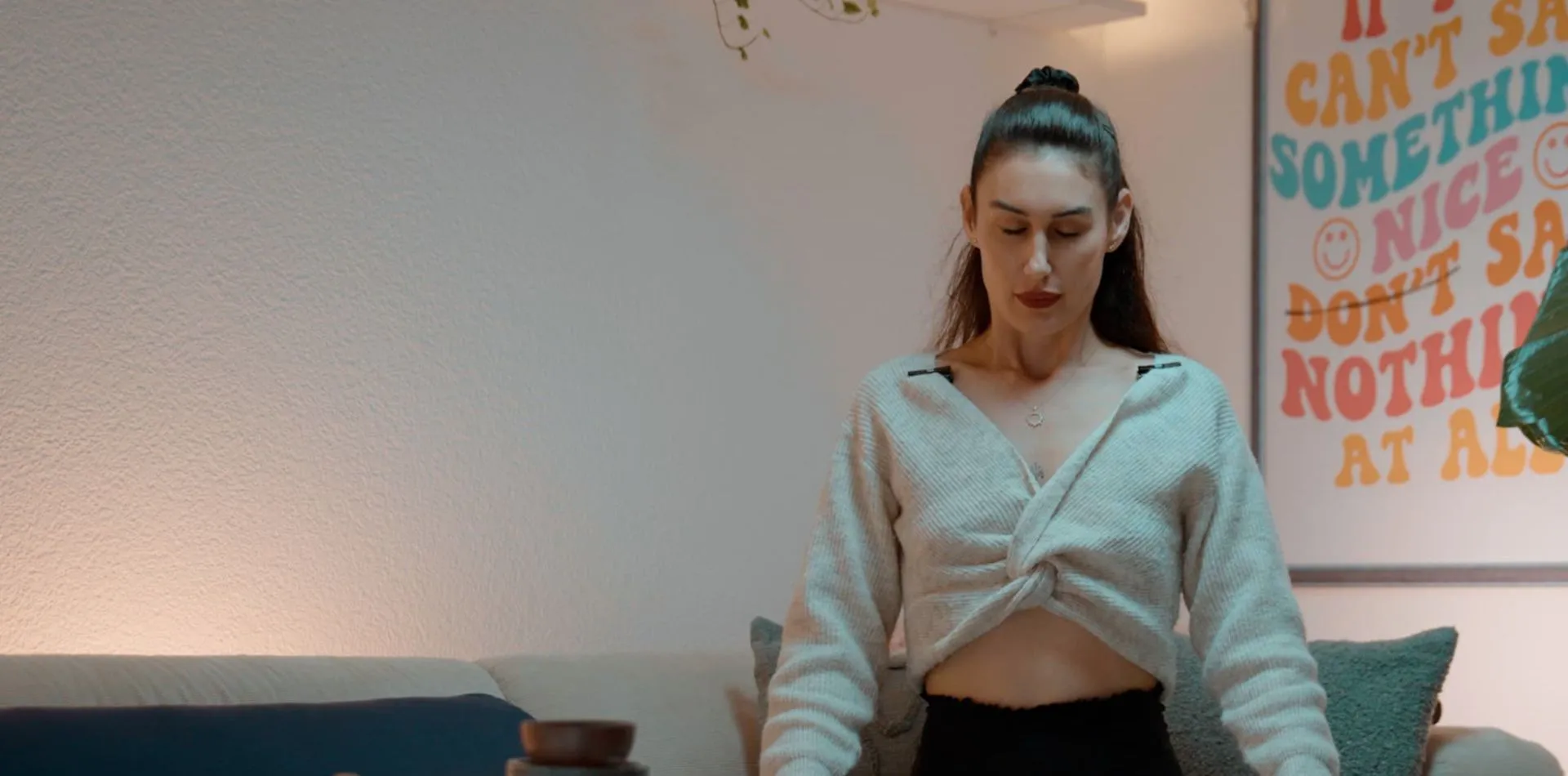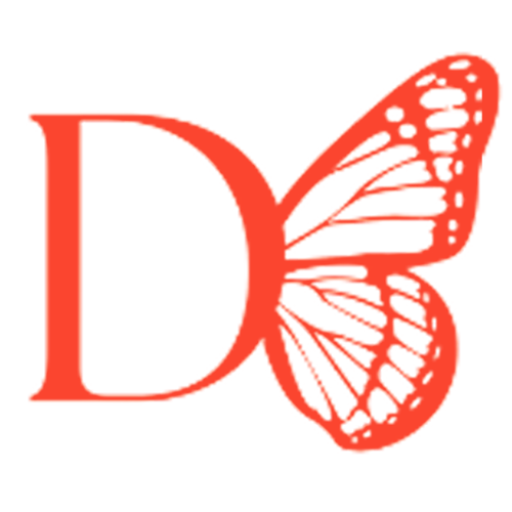What is burnout and why is it rising?
Burnout is a syndrome marked by physical, mental, and emotional exhaustion caused by chronic stress at work or in overwhelming responsibilities. At first glance, it may look like simple tiredness. However, burnout runs deeper and can affect identity, self-worth, and even relationships.
According to the World Health Organization (WHO), burnout is officially recognized as an occupational phenomenon. It doesn’t just harm productivity—it damages overall well-being. Recent studies show that 77% of professionals have experienced at least one symptom of burnout.
Still, there’s good news: self-regulation strategies such as breathwork and somatic practices have proven to be powerful allies in conscious recovery. Recognizing the signs early and adopting supportive practices is the first step to breaking the cycle.
Burnout: warning signs you shouldn’t ignore
In many cases, burnout creeps in quietly. At first, you feel constant fatigue. Soon after, the sense of “never enough” sets in. Over time, your body begins to send louder signals.
Common burnout symptoms include:
- Chronic fatigue that doesn’t improve with rest.
- Irritability and low patience.
- Difficulty concentrating or memory lapses.
- Emotional numbness, like living on “autopilot.”
- Sleep problems, headaches, or constant muscle tension.
Research also links burnout to higher risks of anxiety and depression. Therefore, recognizing these signals early is key to preventing the situation from getting worse.
How breathwork helps with burnout
Breathwork for burnout is a practice that combines conscious breathing techniques with mindful awareness. At first, it may sound too simple. Yet science proves its effectiveness. According to a 2024 study published in the Journal of Affective Disorders, deep breathing practices significantly reduced stress markers within weeks.
Here’s why breathwork works:
- It regulates the autonomic nervous system.
- It lowers cortisol, the stress hormone.
- It restores mental clarity and energy.
- It builds a deeper body-mind connection. According to research from Stanford Medicine, techniques like cyclic sighing can effectively reduce anxiety and improve mood.
When practiced regularly, breathwork not only restores energy but also develops emotional resilience.
“Breathing is not only survival; it’s also a path to deep healing.”
Practical strategies to handle burnout
Although every journey is unique, certain practices can help create conscious recovery.
1. Daily breathing exercises
Spend 5 minutes on deep breathing—inhale through the nose, exhale slowly through the mouth. Gradually extend it to 10 minutes.
2. Somatic pauses
Take short breaks during the day: stretch, roll your shoulders, or place a hand on your chest to reconnect with your body.
3. Reorganize your priorities
It’s not possible to carry everything at once. Set healthy boundaries and delegate tasks whenever possible.
4. Seek professional support
Guided breathwork, life coaching, and somatic healing offer deeper support. Professional guidance speeds recovery and helps prevent relapse.
Quick comparison chart
| Strategy | Immediate benefit | Long-term result |
|---|---|---|
| Conscious breathing | Releases tension | Reduces chronic stress |
| Somatic pauses | Physical relaxation | Restores body-mind connection |
| Reorganizing priorities | Mental clarity | Work-life balance |
| Professional support | Personalized guidance | Integral recovery |
Conscious recovery and a new lifestyle
When recognized and treated, burnout can become a turning point. Surprisingly, many people report that recovery helped them rediscover purpose and meaning in life.
Not only does breathwork for burnout help, but so do somatic healing and life coaching. Together, they rewire old patterns and cultivate more self-compassion. On the other hand, ignoring the signs keeps you stuck in exhaustion.
Recovery isn’t about going back to your “old normal.” It’s about building a new way of living—lighter, more balanced, and deeply conscious.
Conclusion: take your next step
In short, burnout is becoming more common, but it doesn’t have to define your life. With awareness, practice, and support, exhaustion can transform into strength.
👉 Download our free workbook and begin your journey of conscious recovery. Inside, you’ll find guided breathing practices, reflection prompts, and simple strategies you can use daily.
Don’t wait for the signs to get louder. Breathe, choose to care for yourself now, and step into a life of balance and vitality.





